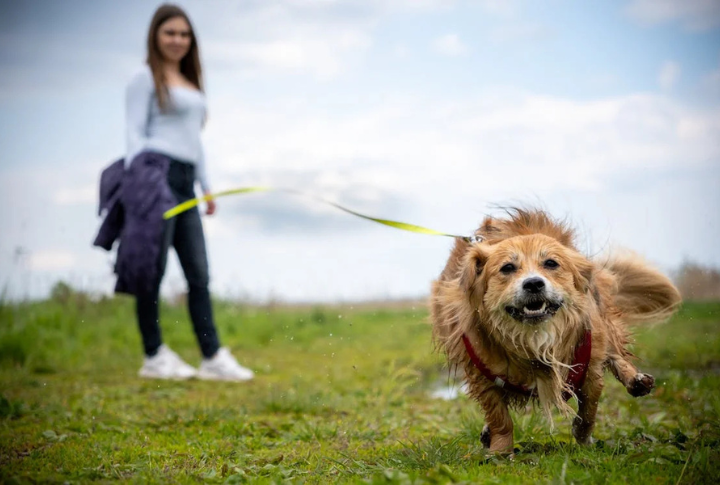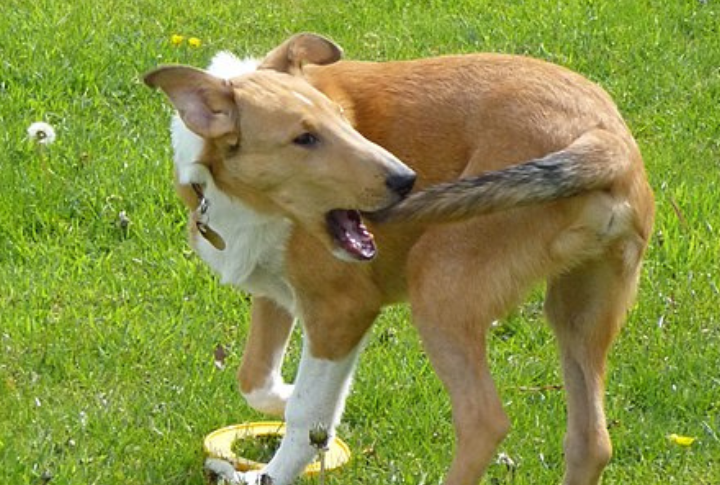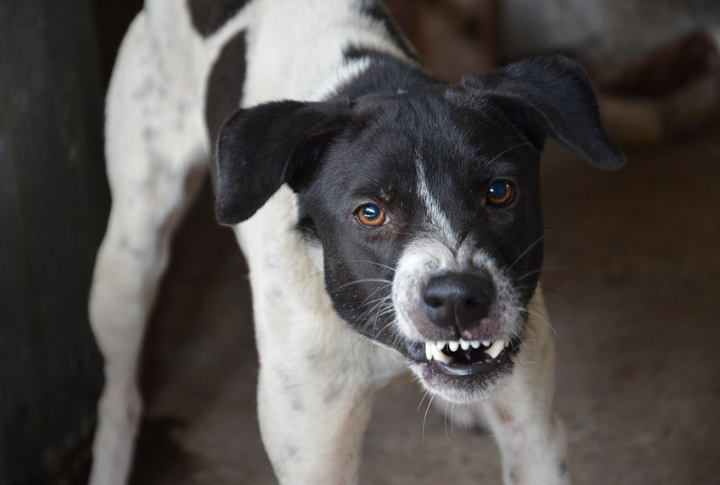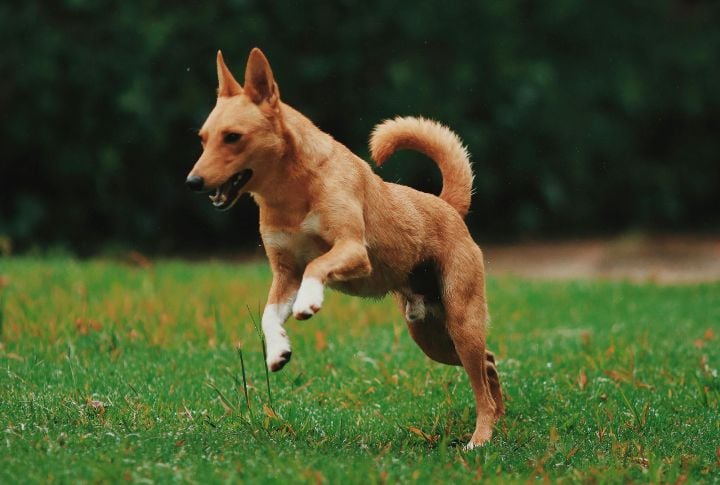15 Warning Signs Your Dog May Be Experiencing Cognitive Decline

Have you noticed subtle changes in your dog’s behavior—restlessness at night, staring into space, or seeming confused in familiar places? These indicate Canine Dysfunctional Behavior (CDB), a condition affecting their emotional and cognitive well-being. Before you write it off as just old age, it’s important to get them checked by a vet. Here are 15 signs of CCD you shouldn’t ignore—your dog’s well-being depends on it.
Avoidance Of Eye Contact

Dogs communicate in quiet ways, and avoiding eye contact is one of them. Sometimes, they do it out of politeness or to avoid confrontation. However, if your pet consistently looks away, seems disengaged, or acts hesitant in social interactions, they may be dealing with Canine Distress Behavior (CDB).
Unusual Gait Or Movement

A stiff walk, an odd shuffle, or constant circling—if your pet is moving strangely, there may be more at play than just old age or habit. When their body isn’t responding the way it should, it can point to deeper psychological health concerns. Getting a vet’s opinion early can make all the difference in their comfort and mobility.
Increased Sensitivity To Stimuli

Is your dog jumping at every noise or recoiling at gentle touches? This heightened sensitivity might signal underlying cognitive issues. Such overreactions could indicate that the dog is struggling to process sensory input, which can turn everyday experiences into overwhelming challenges that require your understanding and care.
Repetitive Behaviors

What looks like harmless spinning or tail-chasing doesn’t always imply a happy dog at play. These repetitive actions are often signs that your dog is trying to cope with internal stress or confusion. Over time, these behaviors can take a toll on their well-being, so early intervention is key to restoring their balance.
Social Withdrawal

When a dog suddenly retreats from social interaction or prefers isolation, it’s a red flag. This behavior often comes from fear or confusion, whether the dog avoids you, other pets, or both. Don’t just label it as shyness—take a moment to observe the dog’s actions and understand what might be influencing its behavior.
Fixation On Objects Or Lights

If your dog fixates intensely on lights or objects, seemingly lost in thought, it could indicate CDB or even canine Alzheimer’s. This prolonged staring suggests a cognitive decline, where they struggle to process their surroundings. A veterinary check-up is key to diagnosing the underlying issue.
Excessive Barking Or Vocalization

Barking is a dog’s natural form of communication, but incessant, unprovoked vocalization hints at something deeper. This could be their way of expressing anxiety or frustration. Engaging them in mental and physical activities can often help, but if the behavior persists, consulting a professional may be necessary.
Unprovoked Aggression

Have you noticed sudden bursts of aggression in your dog? Without clear provocation, these outbursts can be a manifestation of confusion or stress. The unpredictability of such reactions makes them dangerous, but with the right support and treatment, you can help your dog regain emotional balance and reduce these sudden shifts in behavior.
Difficulty Adapting To Routine Changes

Dogs thrive on consistency; when their routine is disturbed, they can become stressed or anxious. If a small change, like taking a different path on a walk, causes visible discomfort, your dog is likely facing difficulty in adapting to the shift. In such a case, support during transitions can go a long way in helping them regain a sense of security.
Lack Of Response To Stimuli

Imagine calling your dog’s name or giving a simple command, only to be met with silence. If this is something you can relate to, then it could mean your dog might be experiencing cognitive decline, not defiance. Addressing it early can help slow the progression and improve their quality of life.
Hyperactivity Or Inattention

A dog that can’t seem to sit still or is constantly distracted might be displaying more than just a lot of energy. Persistent hyperactivity or inattention can signal cognitive difficulties or distress (common in CDB), making it more difficult for them to stay engaged with you or their surroundings.
Altered Sleep Patterns

Dog sleeping too much during the day or staying restless at night? When their sleep-wake cycle is thrown off, it can drain their energy, making them more irritable or less focused throughout the day. Paying attention to these patterns can help uncover what’s going on because these shifts could point to underlying mental or behavioral problems.
Compulsive Licking Or Chewing

When licking or chewing becomes a compulsive habit, it’s no longer just a self-soothing behavior but rather a sign of psychological distress. The older pup could be dealing with anxiety or cognitive dysfunction, and this repeated action is their way of coping. Intervening early can help break the cycle and give the animals healthier ways to manage their feelings.






